Although studying abroad gives students a chance to step into a world completely different from their own, Wesleyan students can connect to so many world regions here on campus beyond those that are most commonly visited and studied. Part of the Office for Intercultural Learning’s mission is to increase visibility of all the rich and varied cultures around the world that tend to be less highlighted in national headlines or on Wesleyan’s campus. Madagascar, the world’s fourth-largest island, is home to over eighteen distinctly recognized ethnic groups, one common language with numerous dialects, two national languages (French and Malagasy), seven major and unique terrestrial ecoregions, and countless endemic species.
And at Wesleyan, there are plenty of connections to Madagascar: Professor Joyce Powzyk from the Biology Department has conducted long-term research on lemurs in Madagascar’s rainforests and shares her experiences through her courses and artwork; Professor Anita Deeg-Carlin volunteered and worked in three locations over four years on the island; two Wesleyan students, Lara Barzenji ’26 and Simon Worth ’24, recently shared their experiences there; and Thibeaux Hirsh ’25 joined Zarasoa, an organization that facilitates and funds grassroots projects in environment, water, and education. Zarasoa was co-founded by Wes alum William Huestis ’22, freelance photographer and producer, who also spent time in Madagascar after a stint there with the Peace Corps.
Professor Anita Deeg-Carlin
Founded in 1961, the Peace Corps is a U.S. government program that sends volunteers abroad to work on community-driven projects in education, health, environment, and more. Beyond service, it’s an immersive experience in cross-cultural learning and global citizenship—something that Professor Anita Deeg-Carlin and our Wesleyan peer Will Huestis know well.

When Anita first set foot in Madagascar in January 1997, she was not chasing luxury or adventure. She requested “the most remote site available.” That choice led her to Bevoay—literally translated as “many alligators”—a small village in the Morondava region. For two years, she lived alongside subsistence farmers, fetching water from a well and cooking over a gas burner in her two-room mud-and-thatch home. She never did see an alligator.
Anita joined a women’s gardening group, taught environmental science at the local school, and organized community projects in beekeeping, nutrition, mango drying, and jam making. As her Malagasy improved, so did her understanding of the island’s rhythms—the ways people built, taught, and celebrated together.

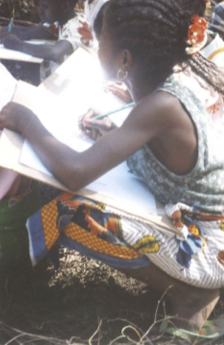
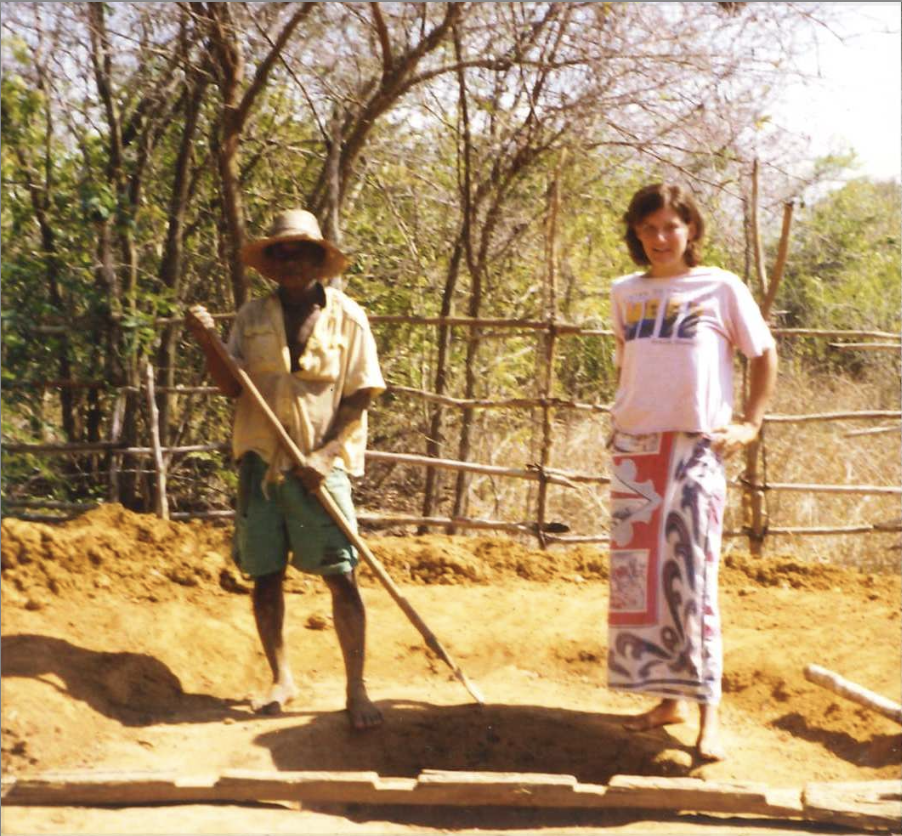
From the left: the community garden, snapshot from Anita’s environmental class, and another gardening shot.
When her Peace Corps service ended, Anita stayed on to teach watershed science and participatory research at a forestry school in Fianarantsoa, partnering with local organizations across the island. By the time she returned home, she had spent four transformative years in Madagascar—years that shaped her worldview and sense of community.
Today, Anita brings that same global perspective to our campus. She often reminds students that cross-cultural learning doesn’t always require a plane ticket. Sometimes, the stories of distant places—like Madagascar—are already here, shared by the people around us!
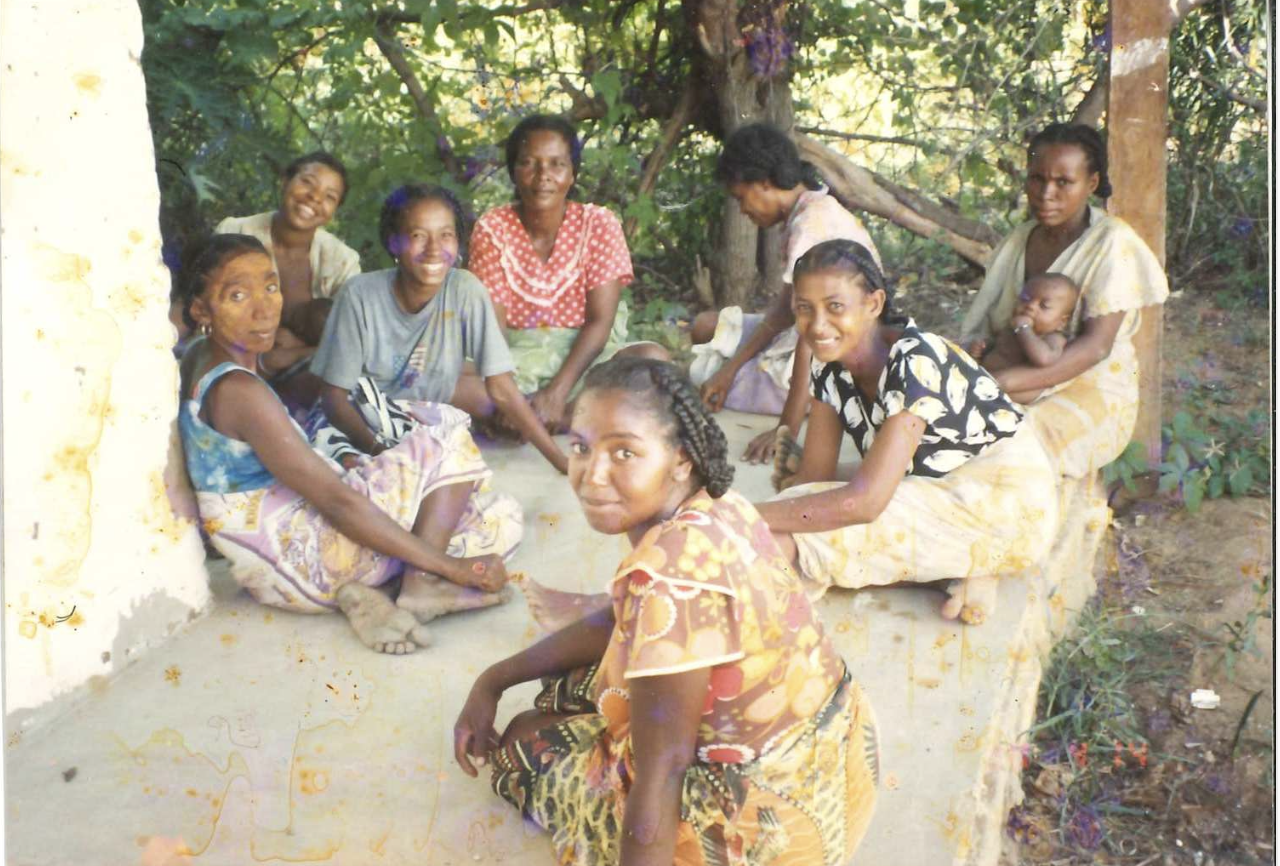
Professor Joyce Powzyk
For Professor Joyce Powzyk, Madagascar isn’t just a place of research—it’s a place that shaped her as a scientist and storyteller. As a Professor of the Practice in Biology at Wesleyan, Powzyk teaches Animal Behavior, Primate Behavior, and the Biology of Sex, all infused with stories from her years living and working in Madagascar’s rainforests.
As a graduate student at Duke University, she spent several years deep in the Malagasy wilderness studying lemurs—the island’s most endangered primates. Her research explores how these remarkable animals eat, socialize, and survive in a landscape unlike anywhere else on Earth. But her time there was about more than research. It was about learning to see the world through another rhythm—one shaped by the forest, by the Malagasy people she worked alongside, and by the quiet curiosity that science and art share.
That intersection of art and science runs through her work. Her book In Search of Lemurs: My Days and Nights in a Madagascar Rain Forest pairs field notes and watercolor sketches with reflections on discovery, solitude, and connection. On campus, her exhibition in the basement of Olin Library brings Madagascar to life through her drawings, journal pages, and vivid depictions of lemurs in their natural habitat.
For students interested in animal behavior, conservation, or simply understanding a world far beyond our own, Professor Powzyk’s work is a window into Madagascar’s beauty and fragility—and a reminder that global learning sometimes begins right here on campus.

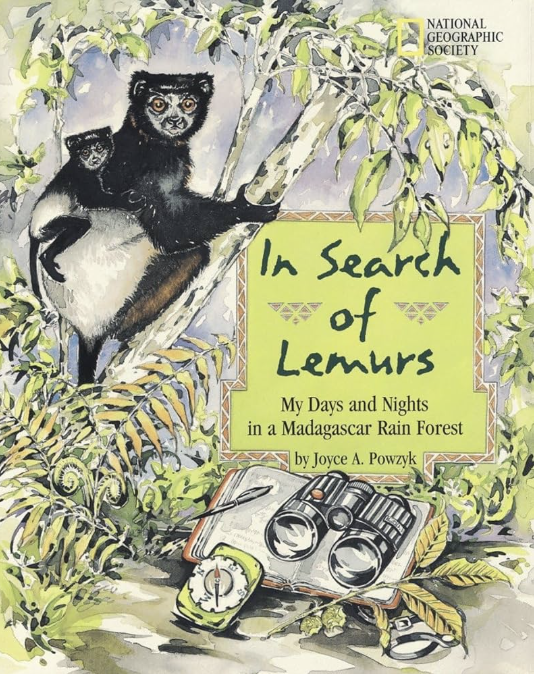
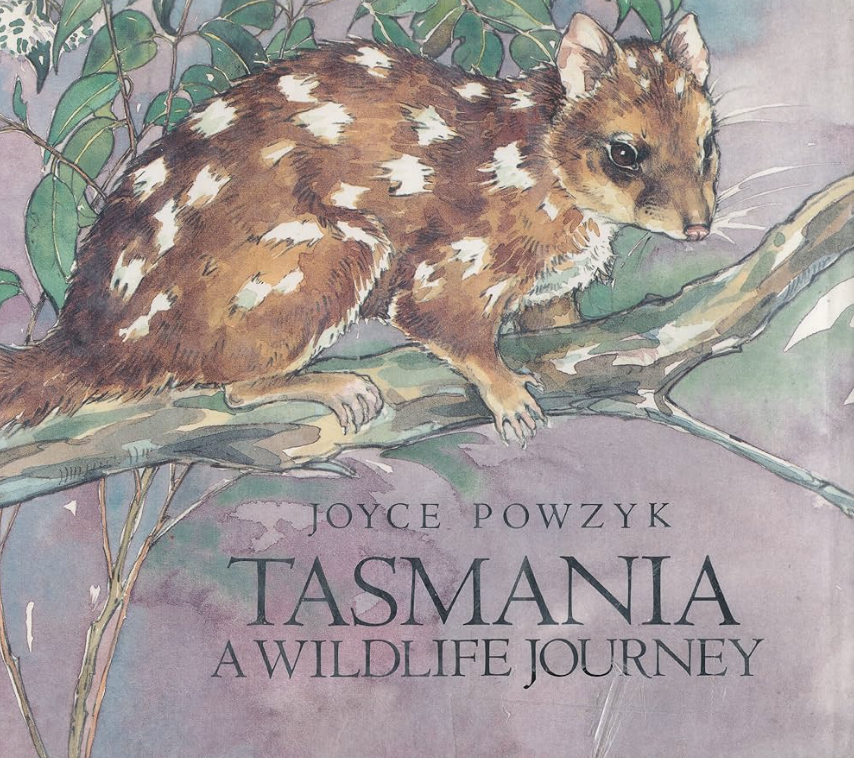
Explore some of Professor Powzyk’s creative and scientific works.
Lara Barzenji ‘26
This past year, Wesleyan student Lara ventured to the island of Madagascar as part of the SIT Study Abroad program titled “Madagascar: Biodiversity and Natural Resource Management.” The program is field-based and immersive, situated in Antananarivo and other ecosystems around the island, combining classroom seminars with language immersion, intensive Malagasy and French, and richly varied ecological study from rainforest to mangroves.
During her over-three-month stay, Lara hiked through remote forest trails, studied botany at dawn in mangrove swamps, and learned how these unique ecosystems are not only beautiful but also under threat. Her independent research took her to forty different mangrove forest sites, where she employed floristic inventory methods and partnered with the Institute of Fisheries and Marine Sciences at the University of Toliara to document tree-species diversity.
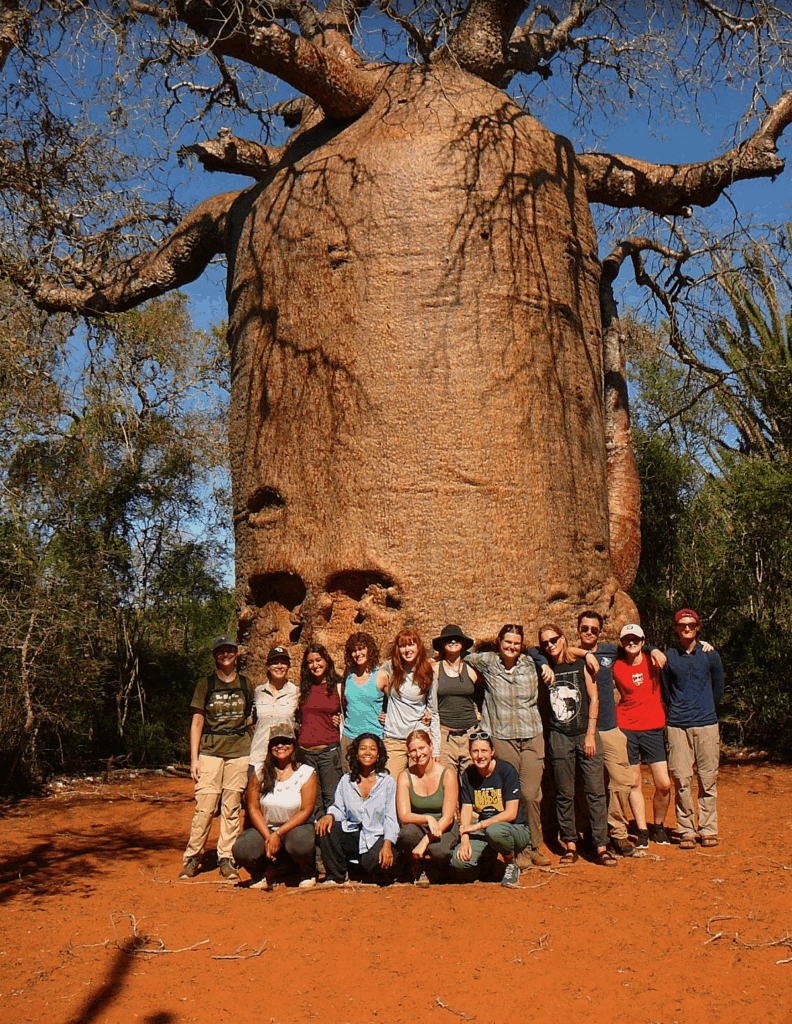


“I left Madagascar with far more than fieldwork experience,” Lara says. “I met incredible people, experienced life in multiple cities, and gained a deep understanding of the environmental challenges facing the island.”
Simon Worth ‘24
Through a Fulbright ETA award, Simon spent over a year in Madagascar, living in a small city called Antsirabe (literally, at the place with lots of salt!), where he immersed himself in local culture while teaching English. His journey began when he discovered that a Fulbright program could connect him with communities seeking English instruction and cultural exchange.
In Antsirabe, his work centered on promoting English education through both formal teaching and creative projects. He taught high-school classes, substituted at a local language center, and founded three advanced English clubs, including an American Theater Club that staged a full production of Our Town of Antsirabe. Simon learned that while Antsirabe’s bus system was complex, locals had never made a map—perhaps because Malagasy culture prizes social interaction over efficiency. He also became adept at napping on long, bumpy bus rides lasting six to thirteen hours, a skill any traveler might envy.
“While Sundays were initially lonely, I quickly learned the importance of staying connected through church services and hikes,” Simon reflects. “Madagascar teaches you lessons in unexpected ways—both in the classroom and on the road.”


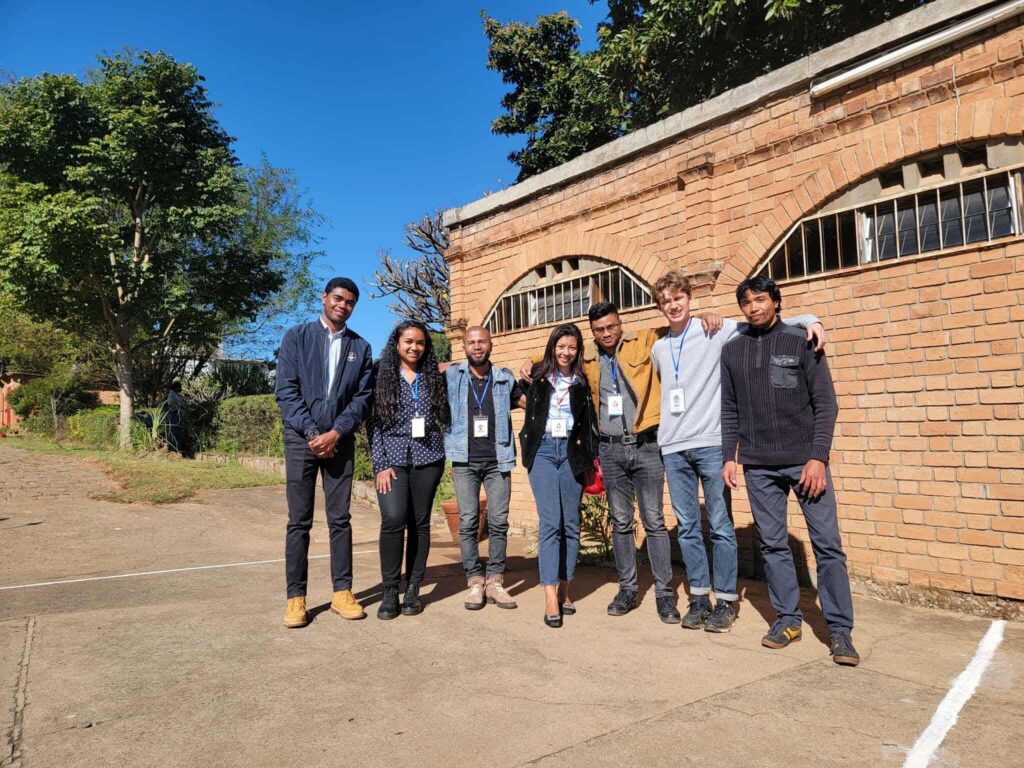
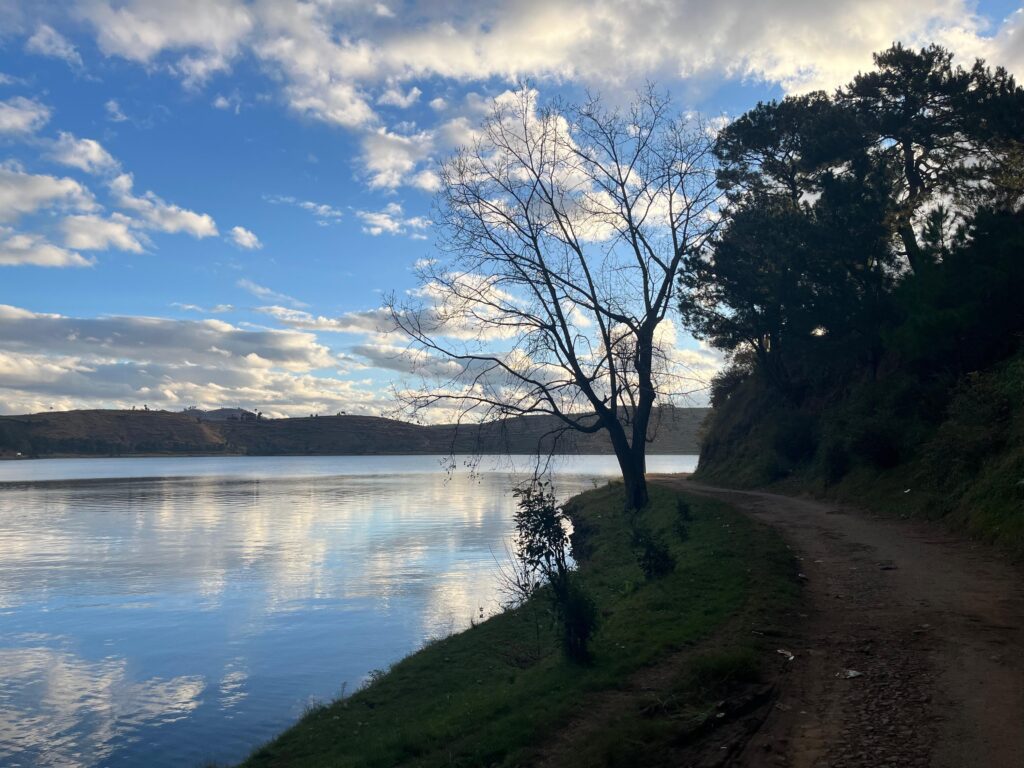
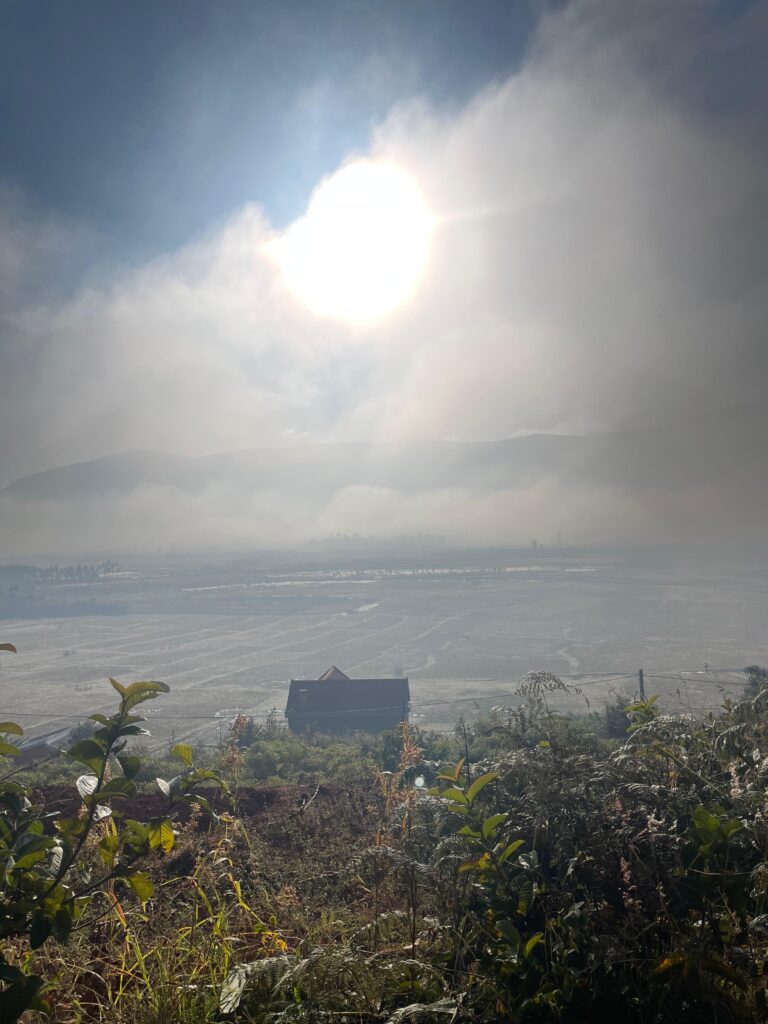

Some lovely photos from Simon’s time in Antsirabe.


